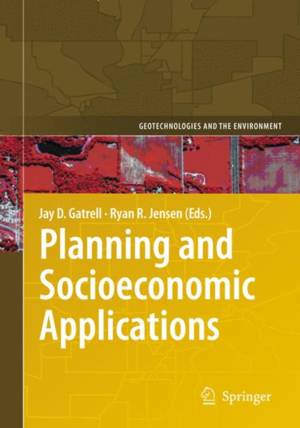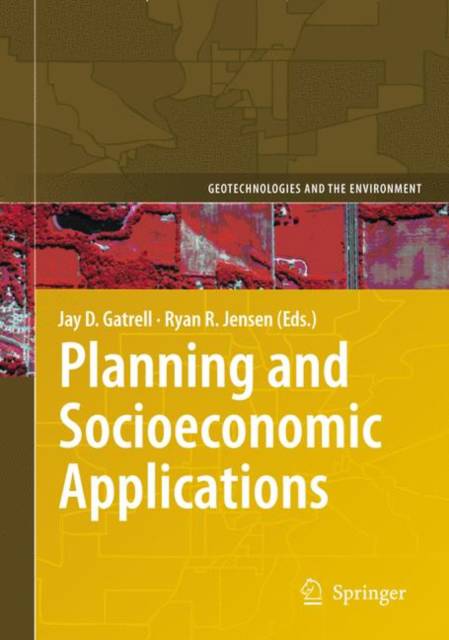
- Afhalen na 1 uur in een winkel met voorraad
- Gratis thuislevering in België vanaf € 30
- Ruim aanbod met 7 miljoen producten
- Afhalen na 1 uur in een winkel met voorraad
- Gratis thuislevering in België vanaf € 30
- Ruim aanbod met 7 miljoen producten
Zoeken
Planning and Socioeconomic Applications
€ 209,95
+ 419 punten
Omschrijving
This chapter has shown a small sample of GIS applications in economic devel- ment. GIS is a powerful tool for data analysis and presentation, and the economic development rami cations are truly signi cant. The speed at which data and stra- gies can be coordinated is clearly changing the way economic developers approach their job. There are a number of important trends that are likely to result in GIS becoming more pervasive in the economic development community. These include declining costs of GIS software, increased computing power, and the growth of Web-based GIS applications. There also has been increase in GIS skills among economic development professionals. References Bastian, L. (2002). Getting the best from the web. Area Development Site and Facility Planning, March 1-7. Accessed 5 September 2008. Batheldt, H. (2005). Geographies of production: growth regimes in spatial perspective (II) - kno- edge creation and growth in clusters. Progress in Human Geography, 29(2), 204-216. Bathelt, H., Malmberg, A., Maskell, P.(2004). Clustersandknowledge: localbuzz, globalpipelines and the process of knowledge creation. Progress in Human Geography, 28(1), 31-56. Bernthal, M., Regan, T. (2004). The economic impact of a NASCAR racetrack on a rural com- nity and region. Sports Marketing Quarterly, 13(1), 26-34. Blackwell, M., Cobb, S. Weinbert, D. (2002). The economic impact of educational institutions: Issues and methodology. Economic Development Quarterly, 16(1), 88-95. Blair, J. (1995). Local Economic Development, Analysis and Practice. Thousand Oaks, CA: Sage Publications.
Specificaties
Betrokkenen
- Uitgeverij:
Inhoud
- Aantal bladzijden:
- 223
- Taal:
- Engels
- Reeks:
- Reeksnummer:
- nr. 1
Eigenschappen
- Productcode (EAN):
- 9781402096419
- Verschijningsdatum:
- 20/02/2009
- Uitvoering:
- Hardcover
- Formaat:
- Genaaid
- Afmetingen:
- 160 mm x 239 mm
- Gewicht:
- 544 g

Alleen bij Standaard Boekhandel
+ 419 punten op je klantenkaart van Standaard Boekhandel
Beoordelingen
We publiceren alleen reviews die voldoen aan de voorwaarden voor reviews. Bekijk onze voorwaarden voor reviews.










